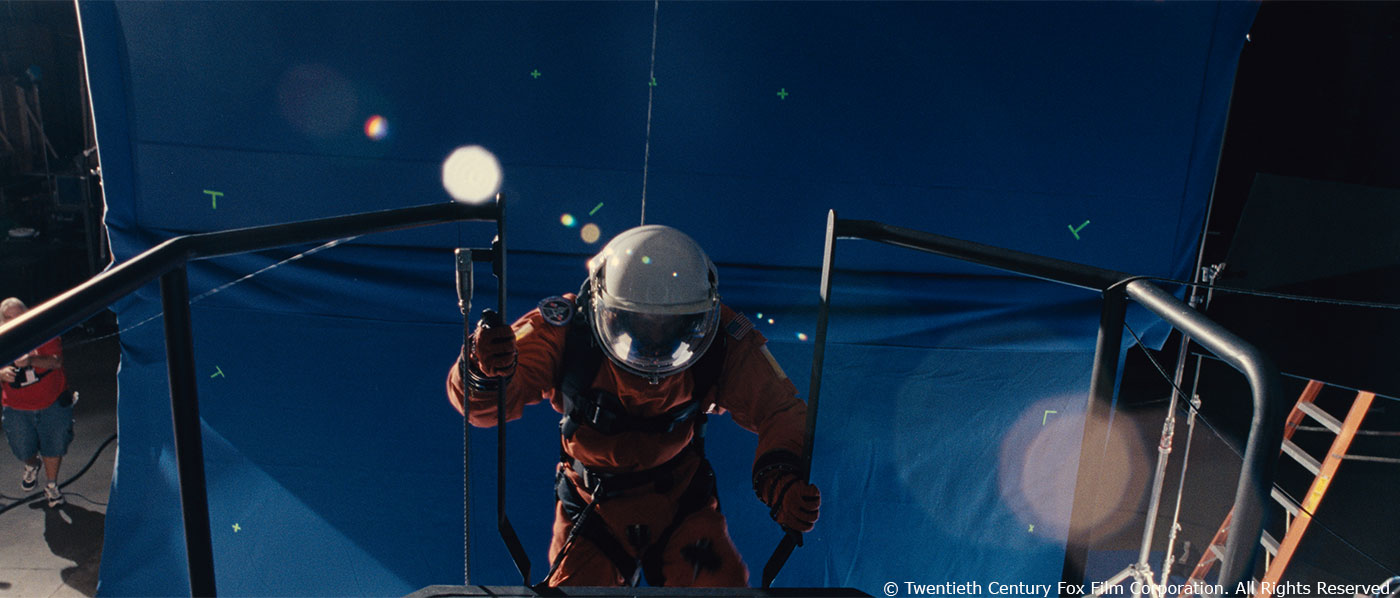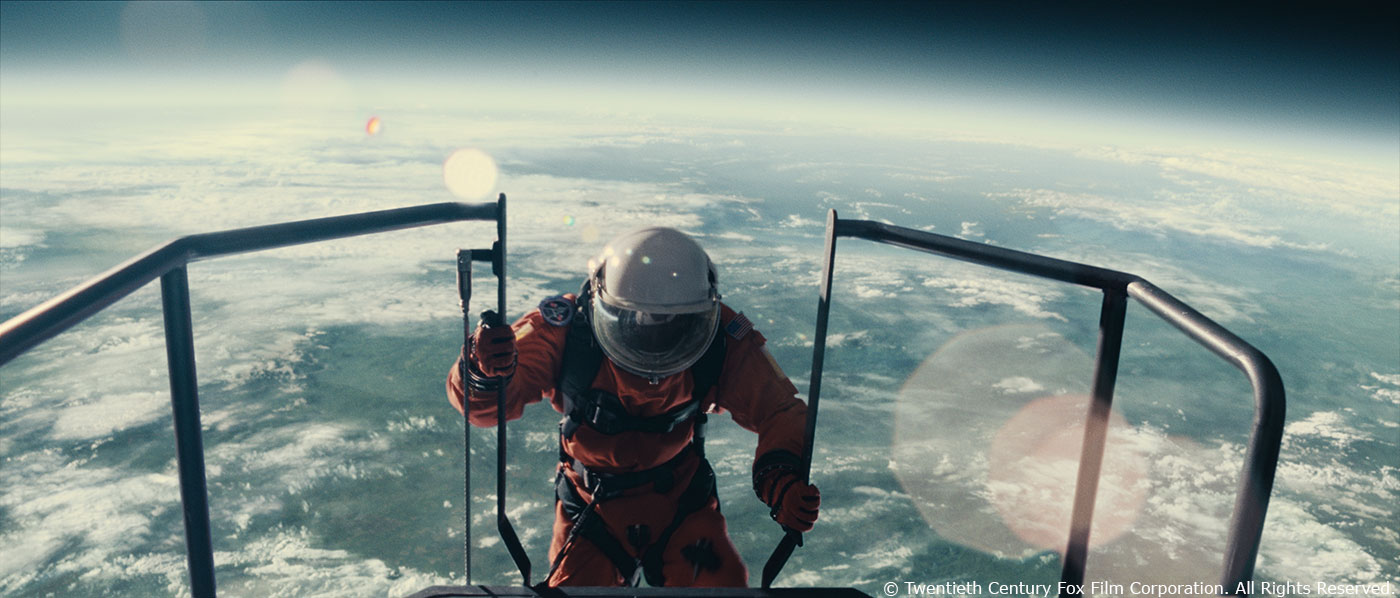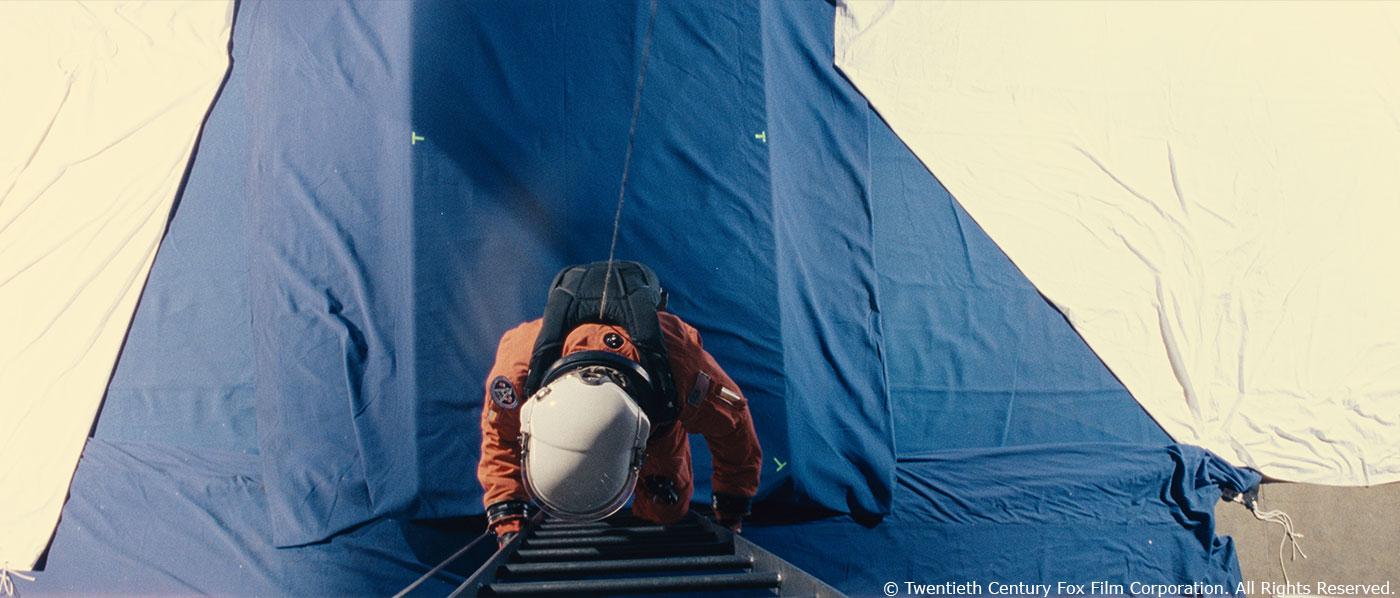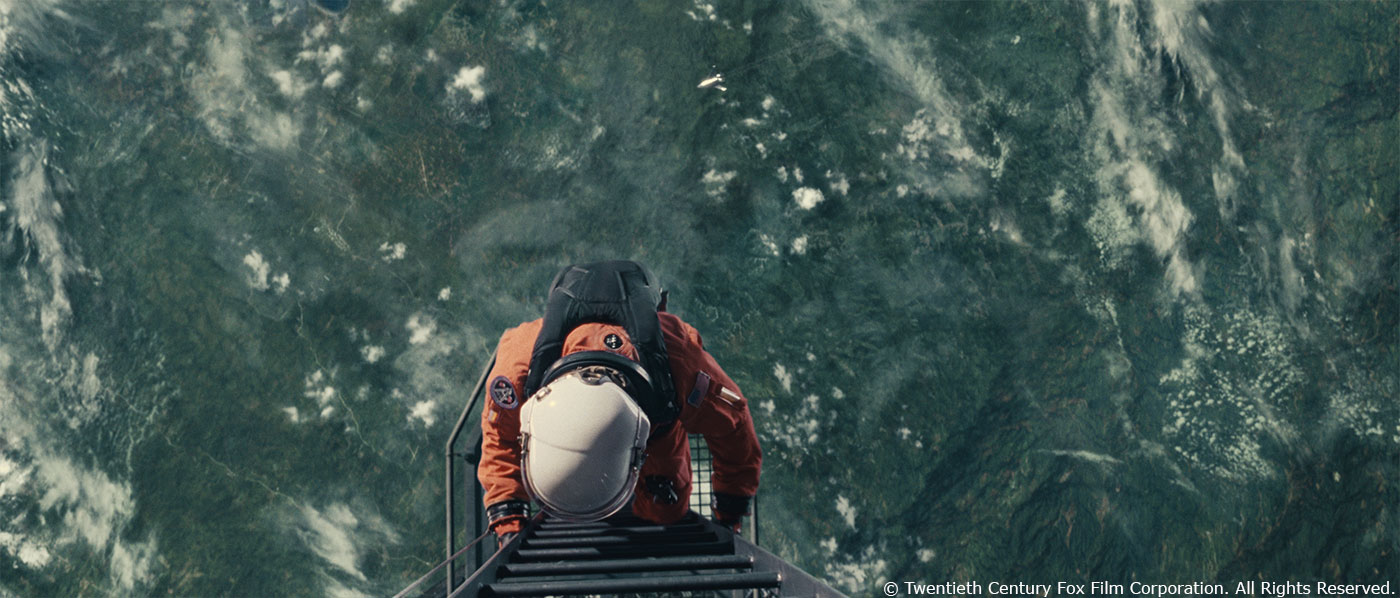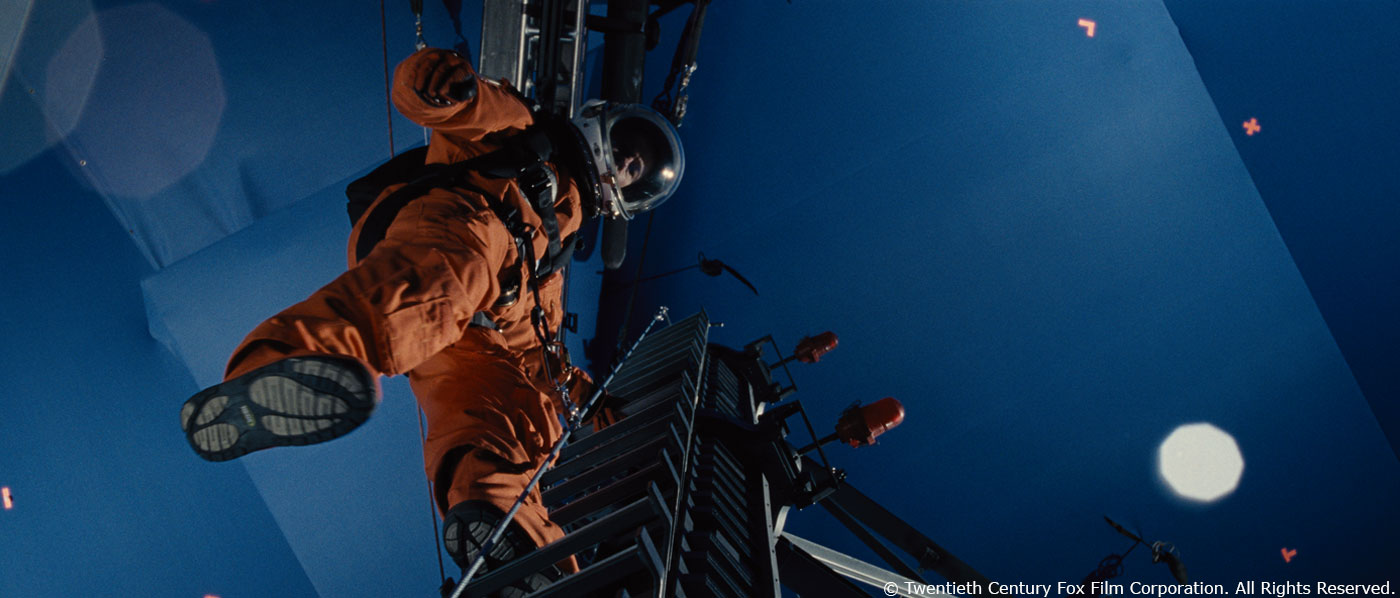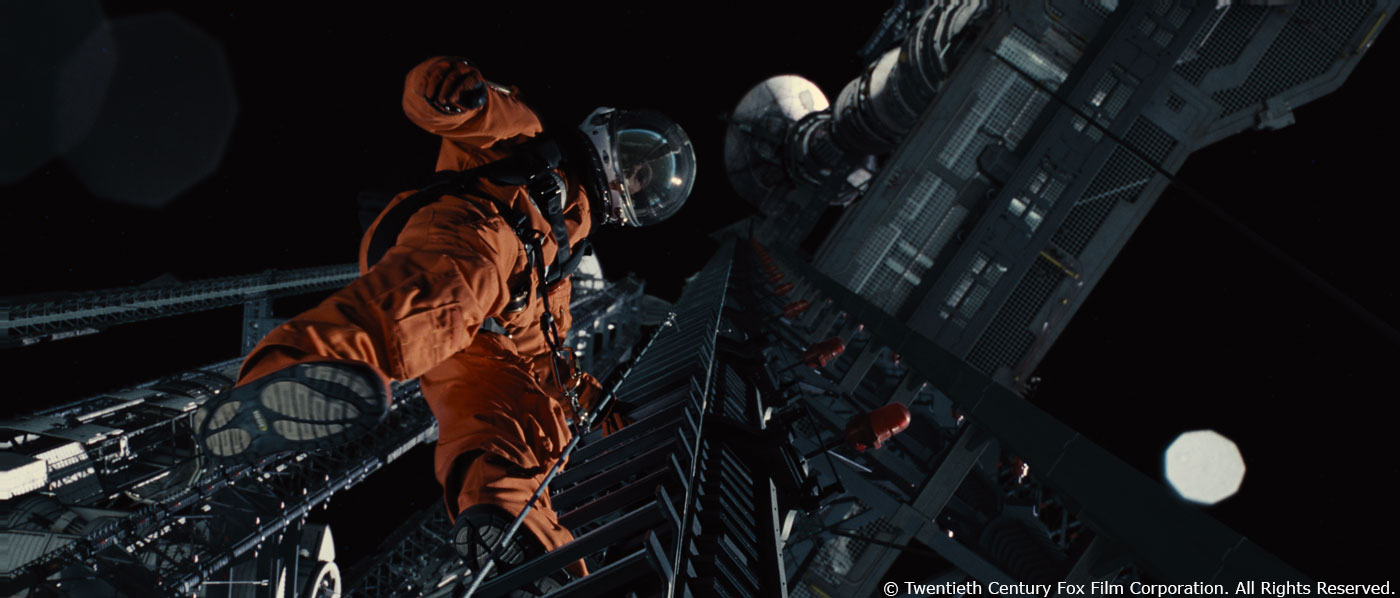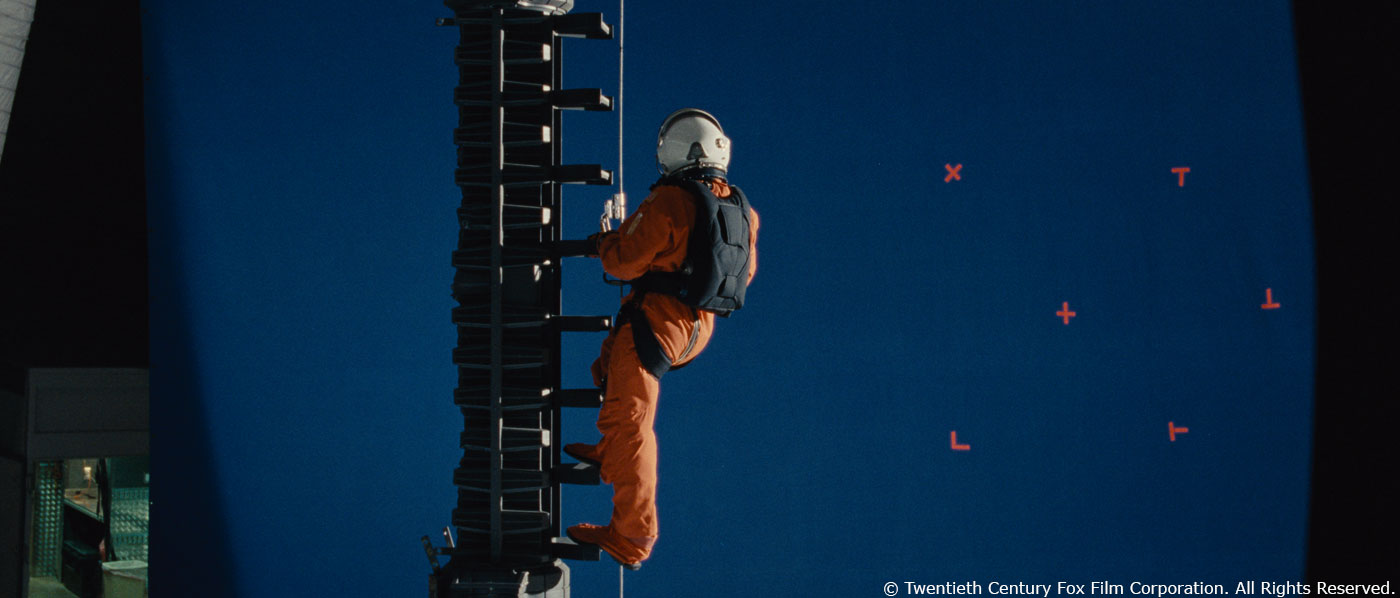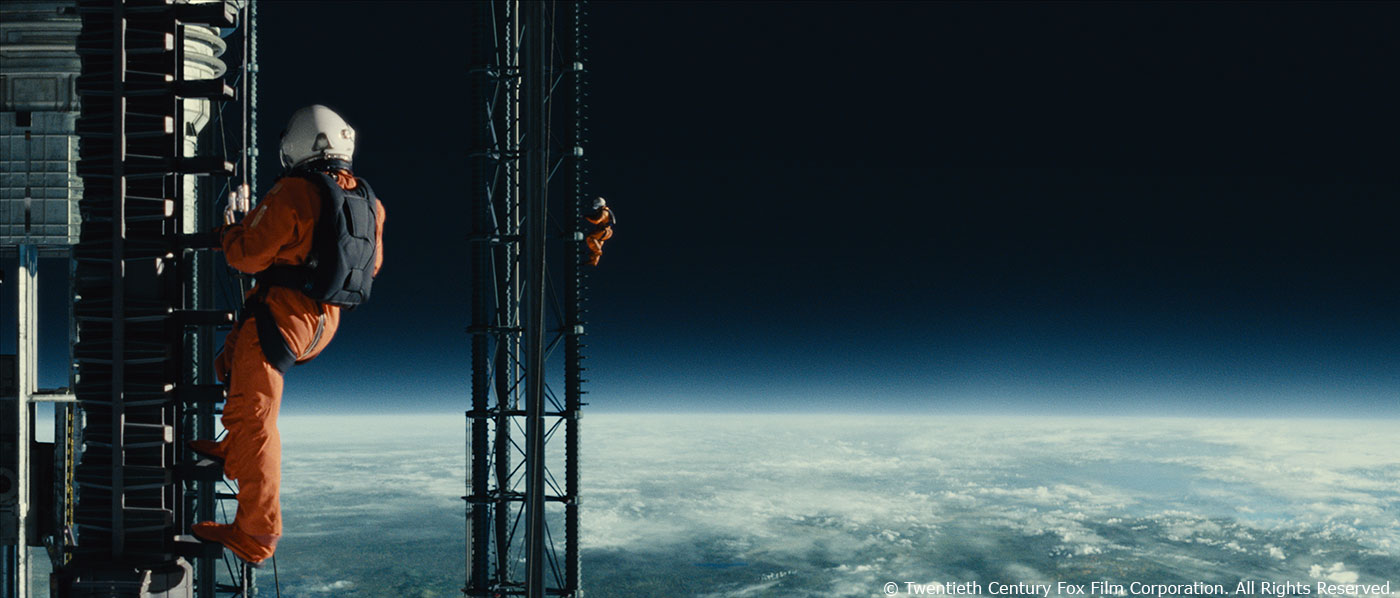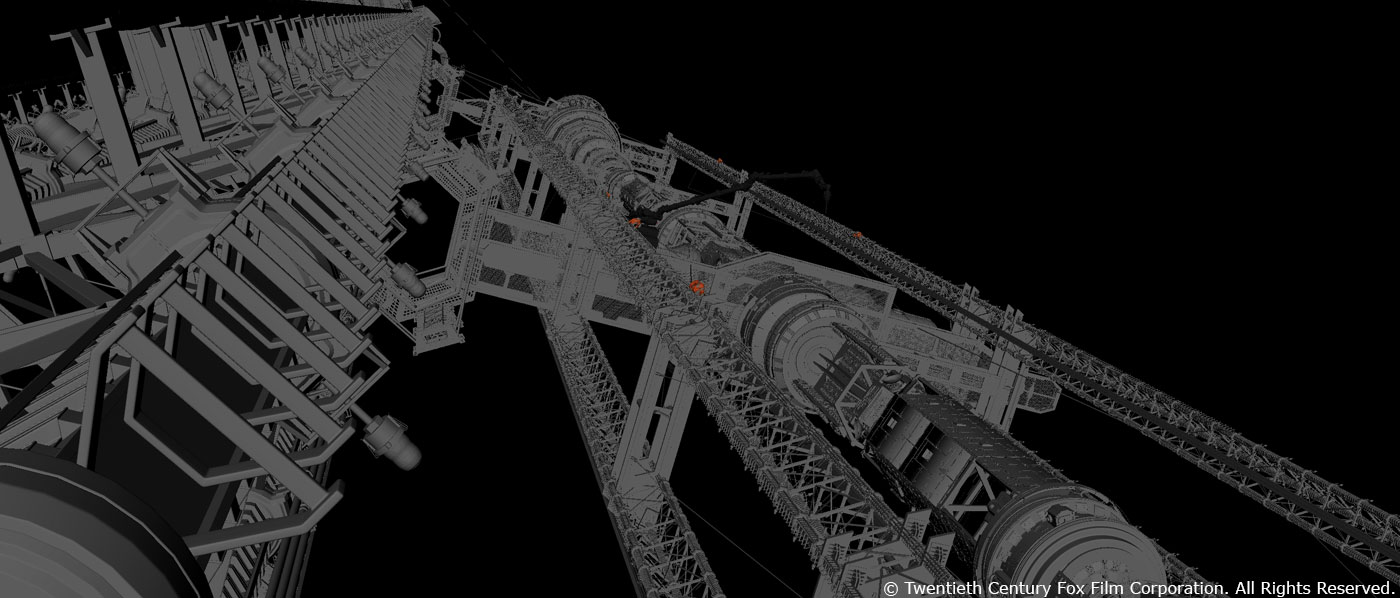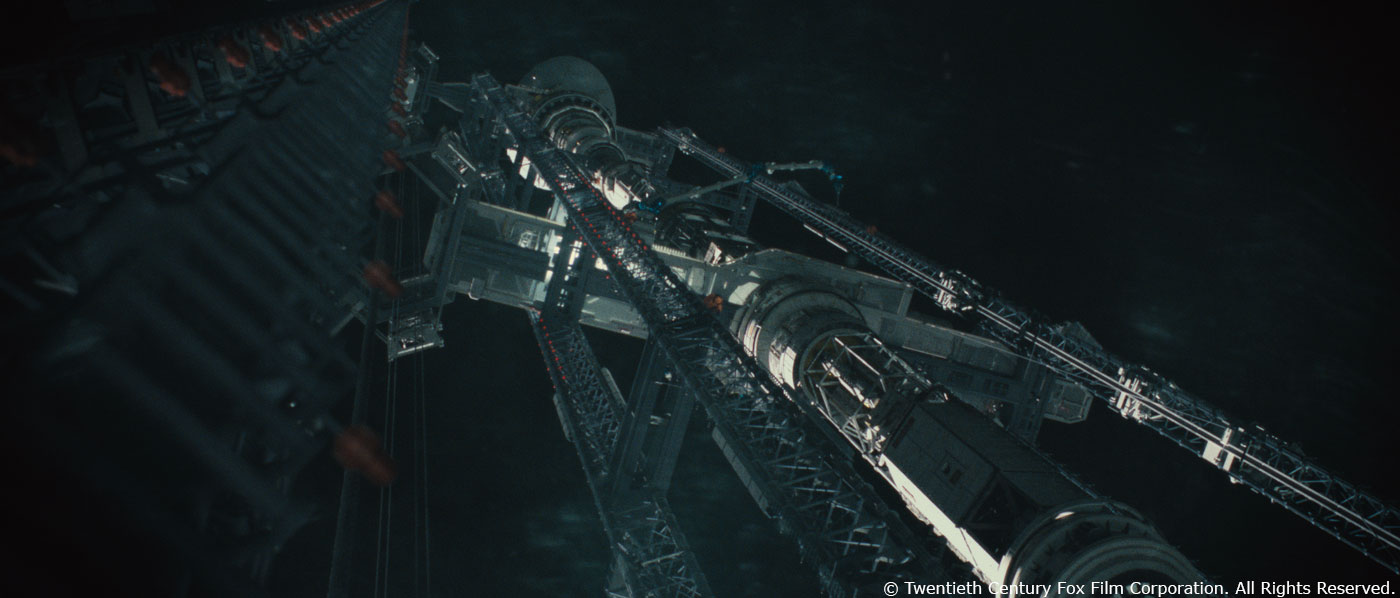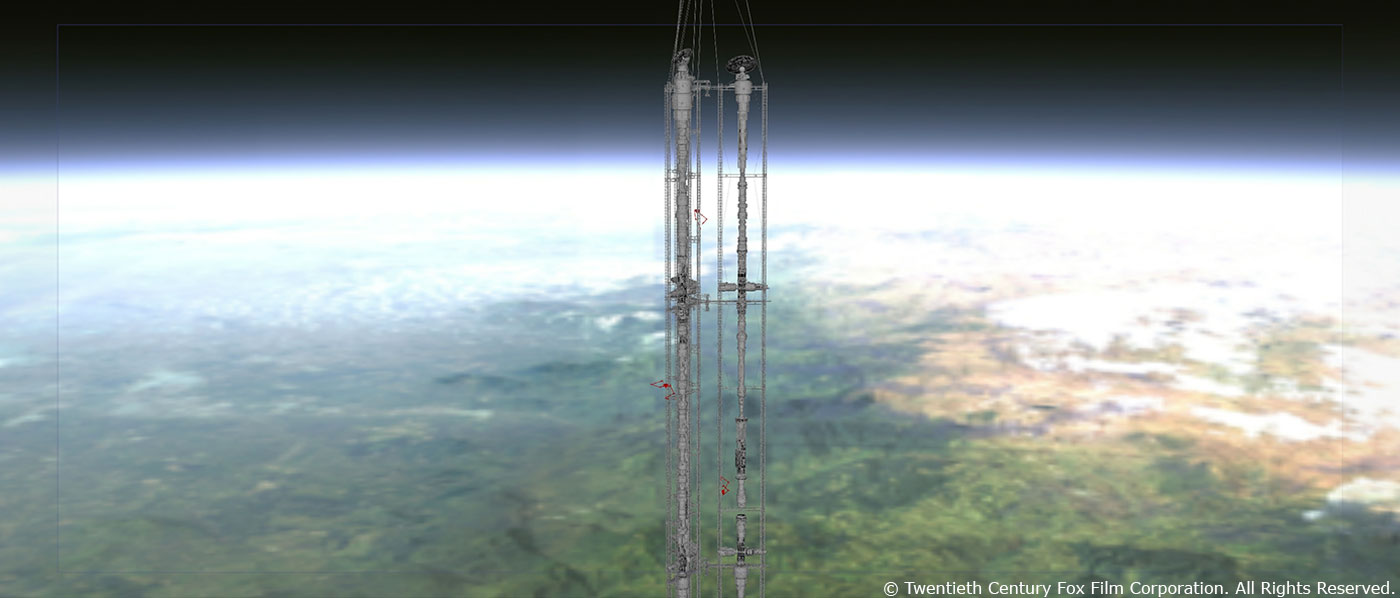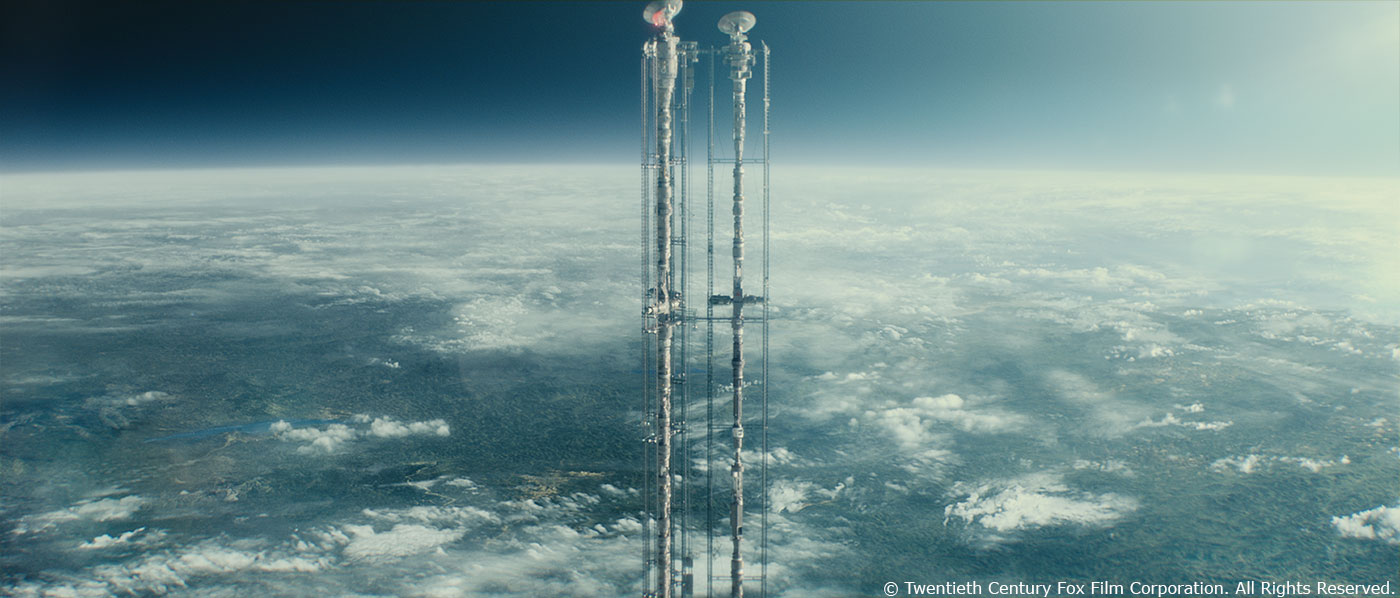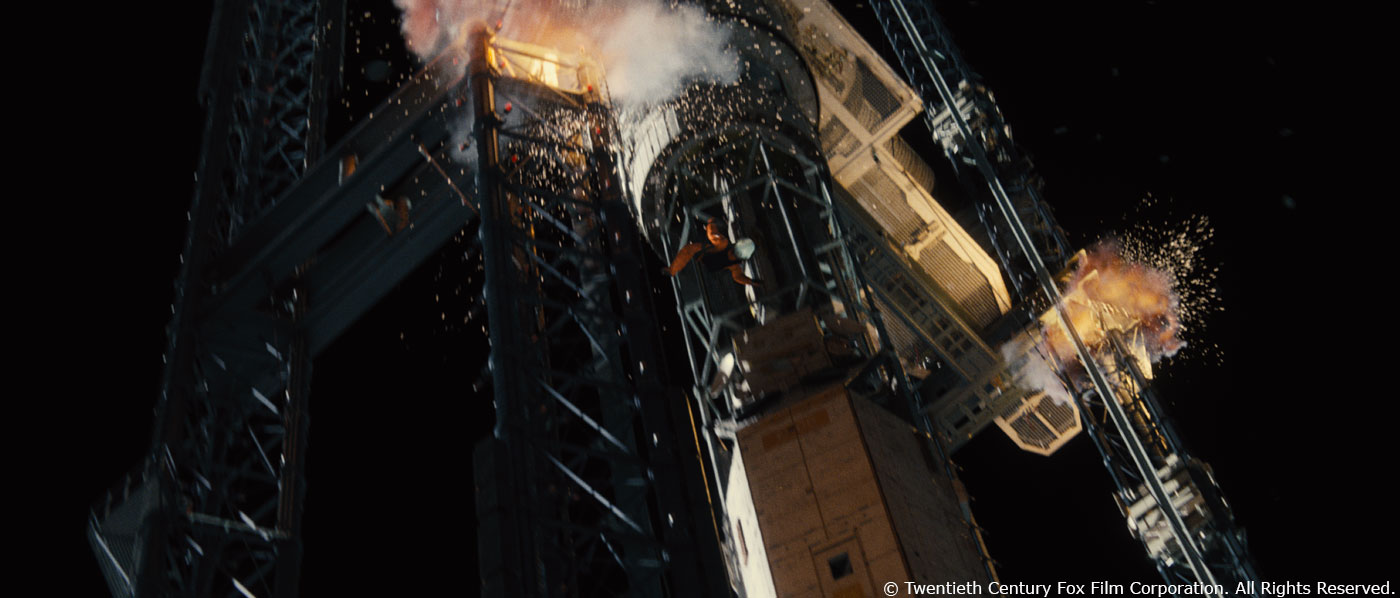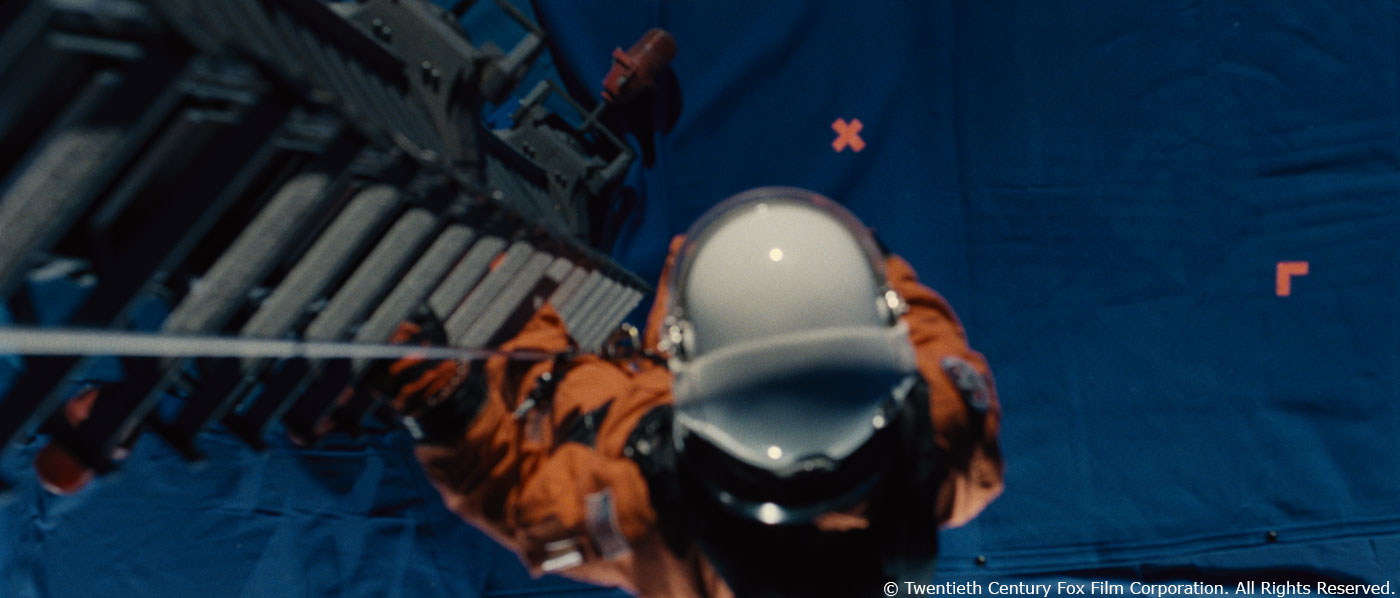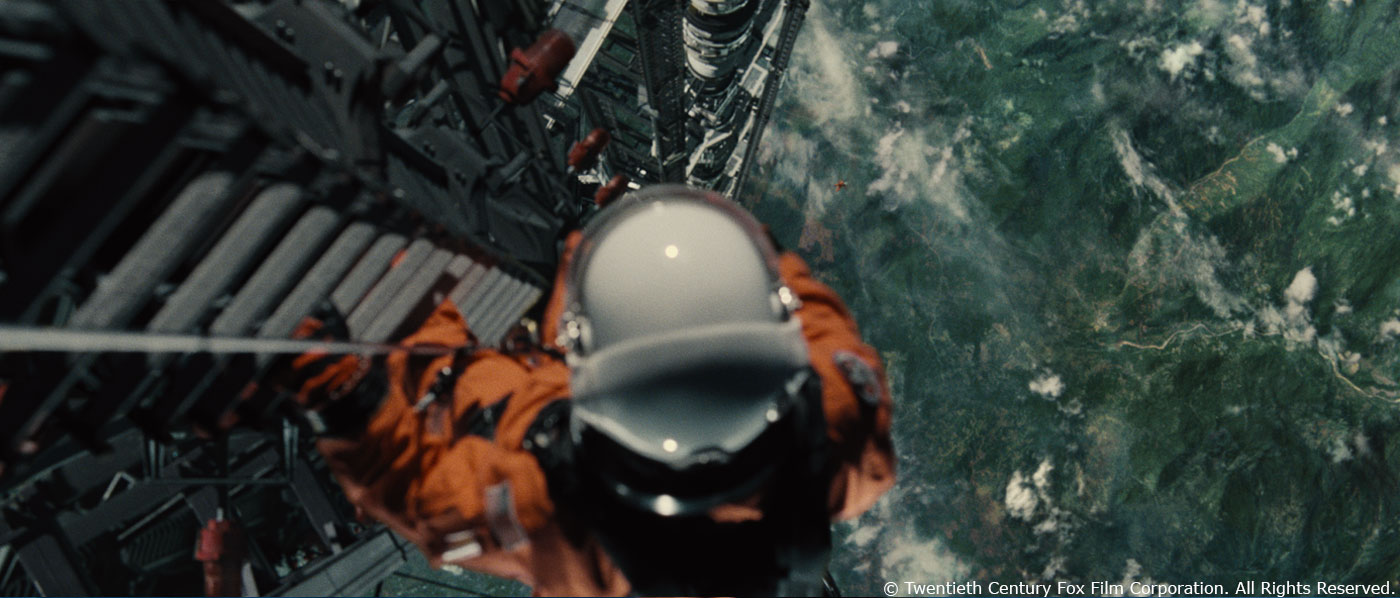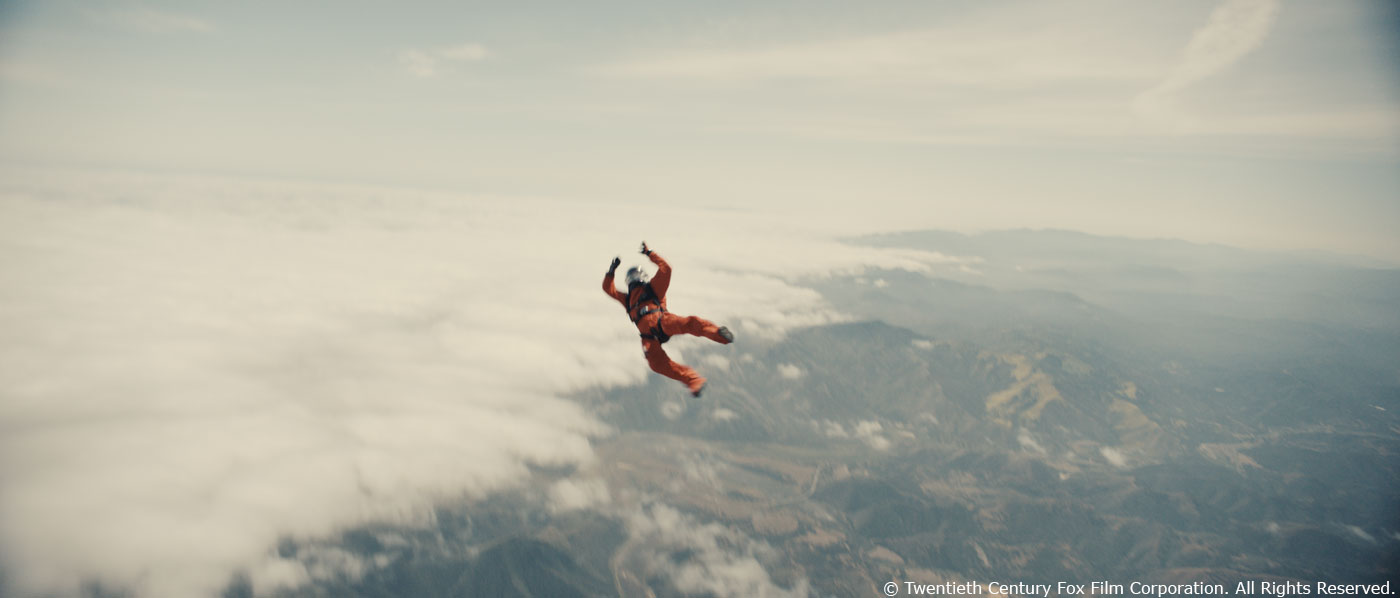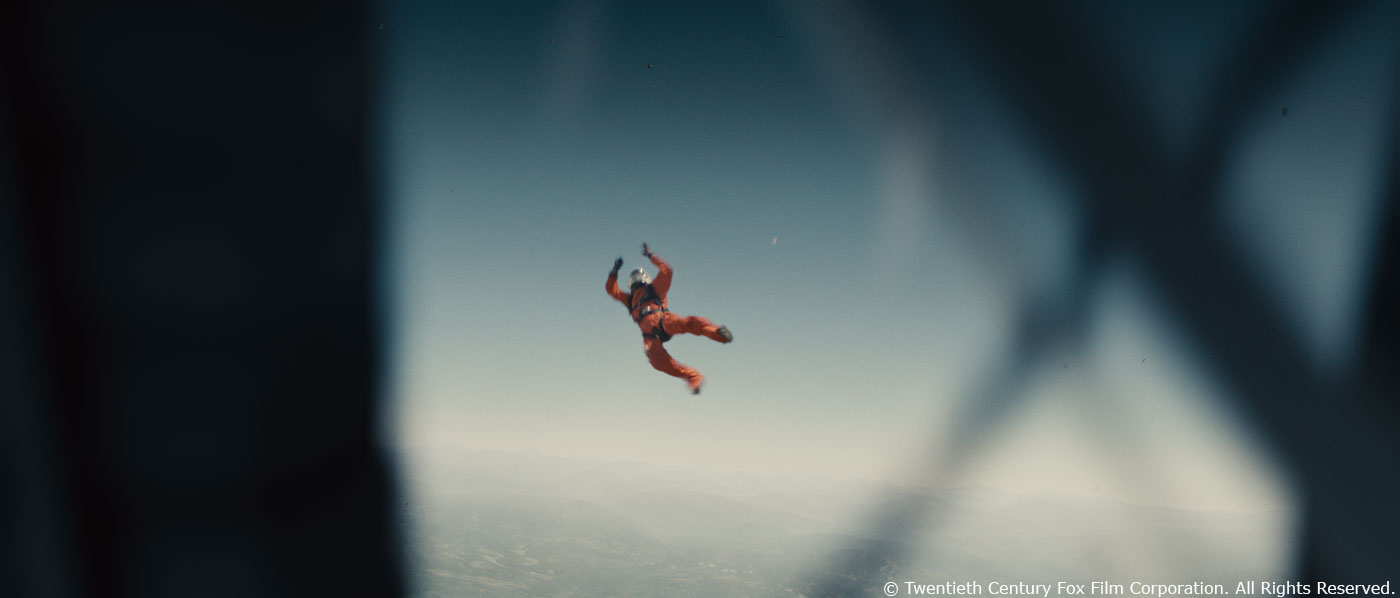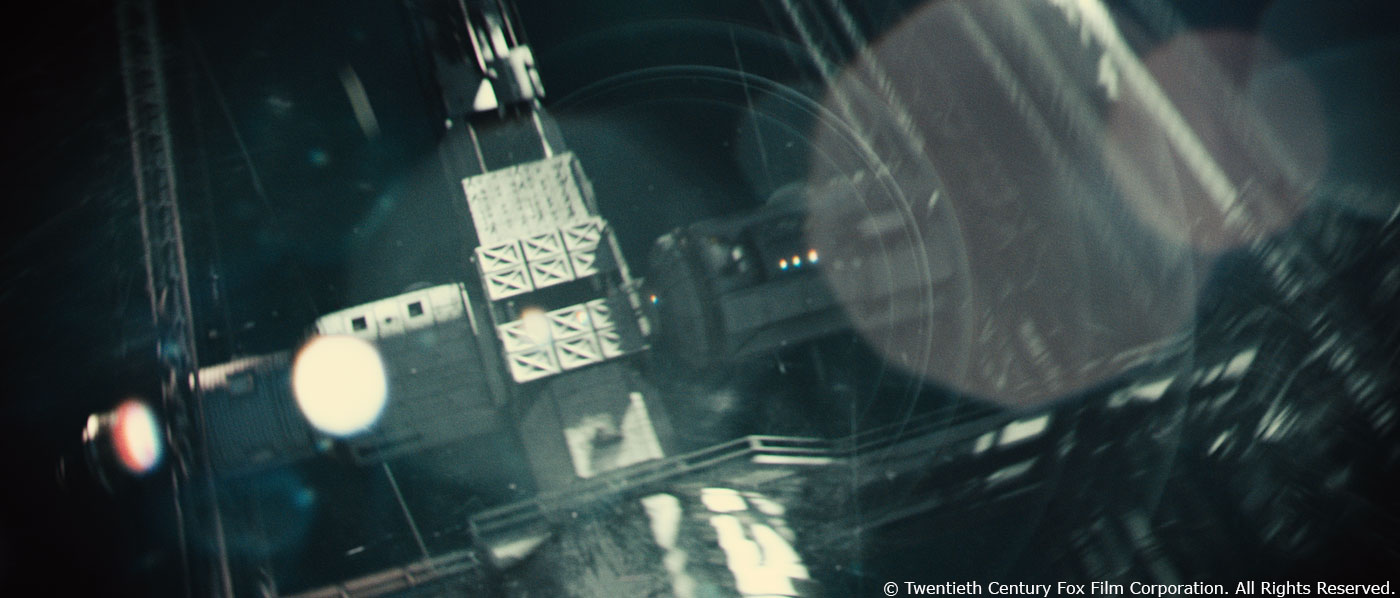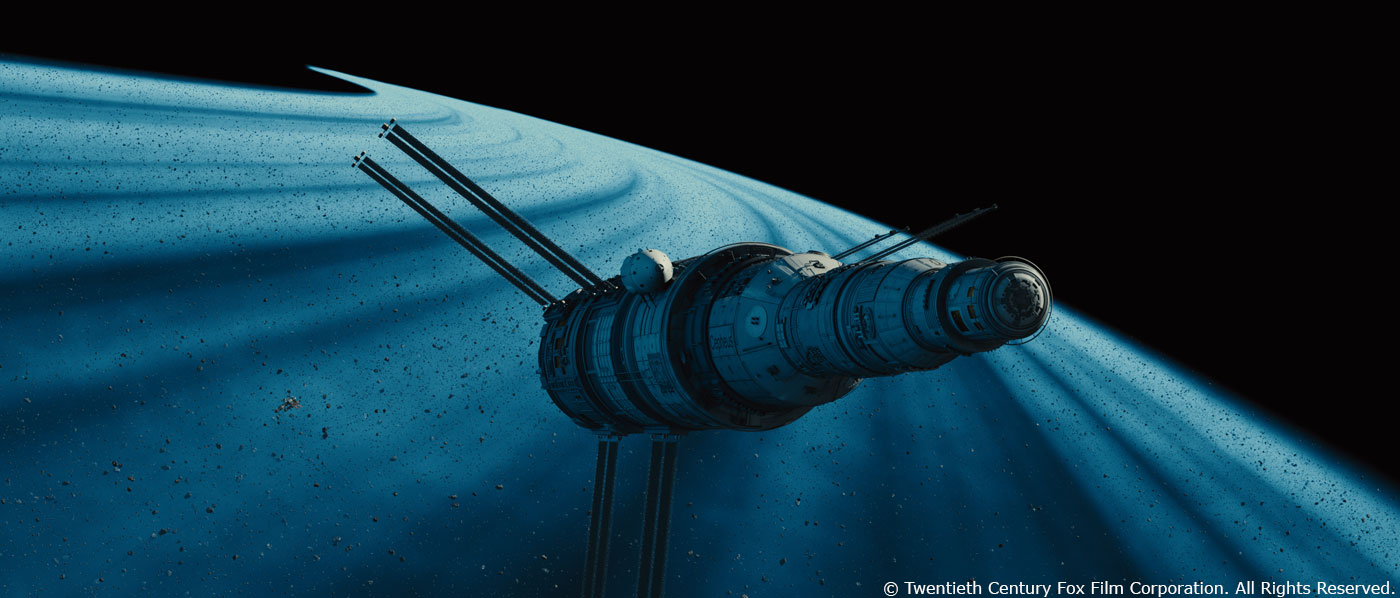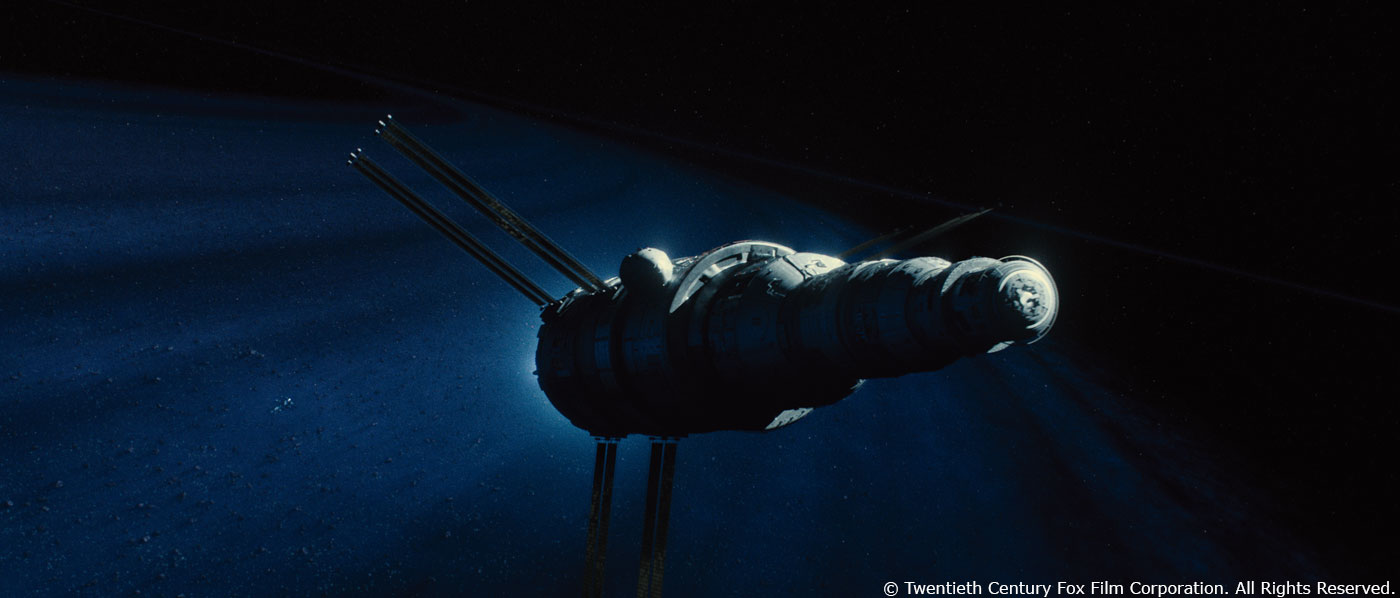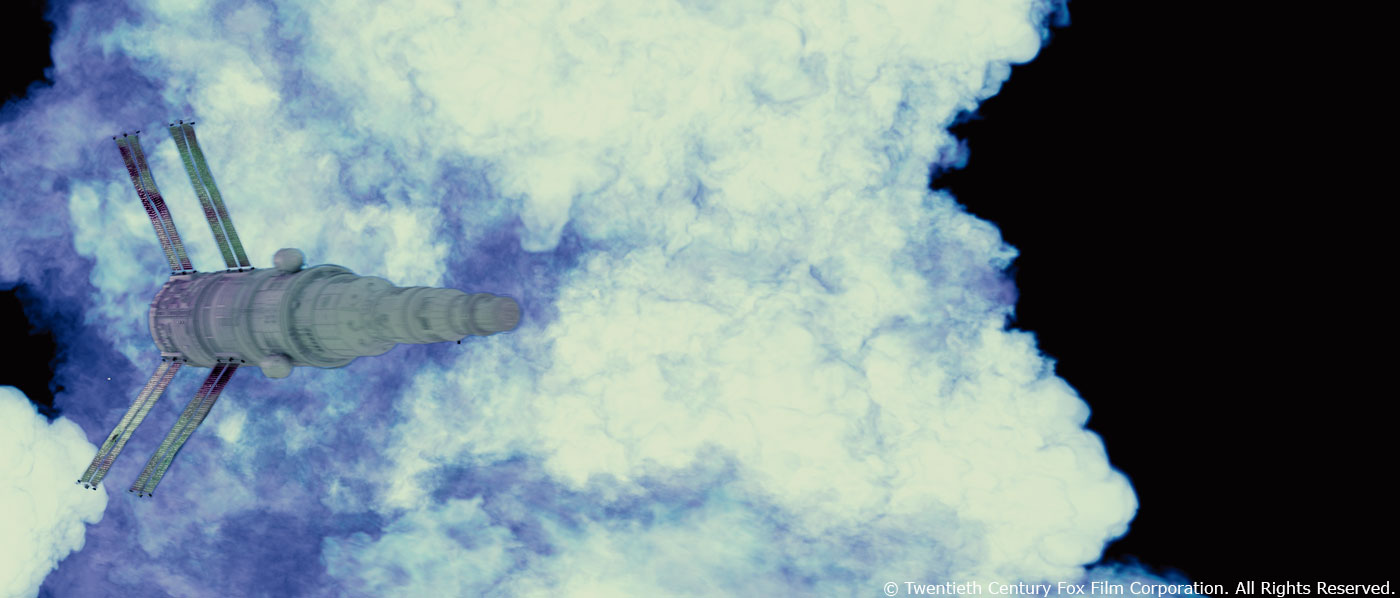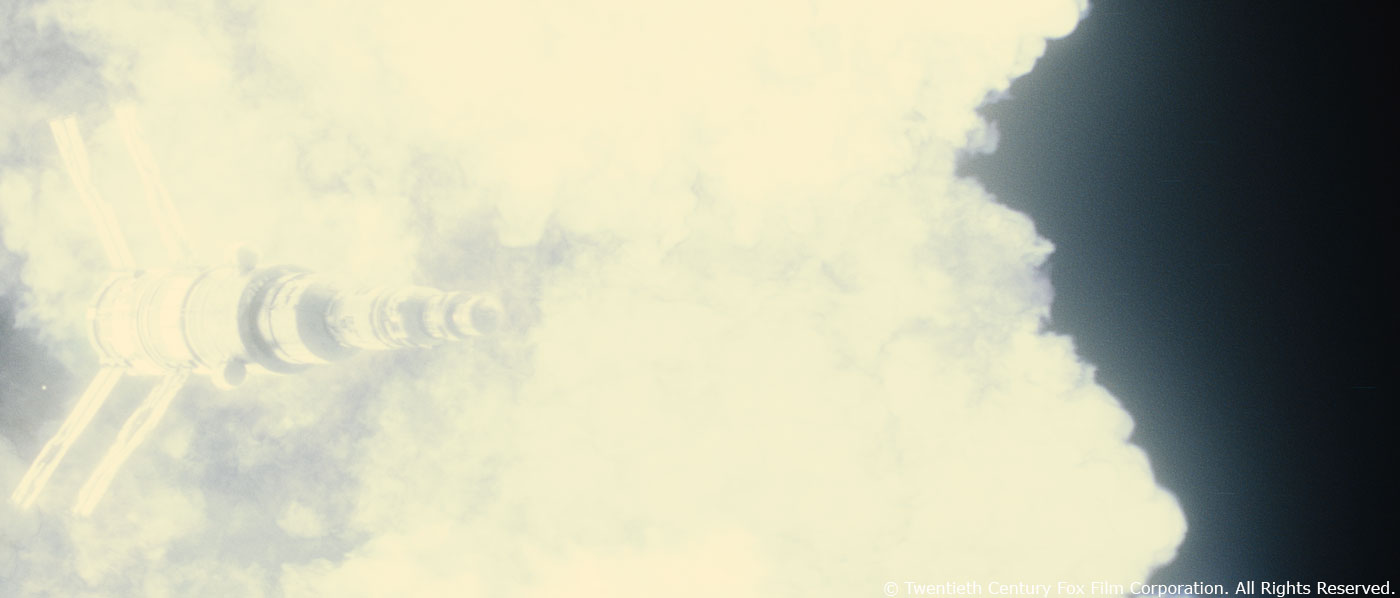Olaf Wendt has more than 15 years of experience in visual effects. He has worked on many projects such as TRUE DETECTIVE, BLACK SAILS, GAME OF THRONES and MOLLY’S GAME.
What is your background?
My background is quite varied. I started out in CG design, co-founded a computer games development studio in London in the 90’s, and then slowly started doing VFX on films.
How did you and Mr. X get involved on this show?
Allen Maris asked us to bid on the opening and closing sequences – this was after principal photography so we came on during the start of post.
How was the collaboration with director James Gray and Overall VFX Supervisor Allen Maris?
Great! James and Allen had a very specific vision for the visual effects work on this show – James wanted it to have it’s own distinct, ‘real’ feel – space but not too sci-fi.
What were their expectations and approach about the visual effects?
Both had very high expectations – James is very much a filmmaker’s director and Allen has a keen eye for quality. The show was shot beautifully by Hoyte van Hoytema on 35mm with amazing sets and everything had to look completely ‘real’ and integrate smoothly into the overall feel of the show.
How did you organize the work with your VFX Producer?
Warwick Hewett oversaw the Montreal studio and Samantha Banack the work in Toronto. They broke the myriad of tasks down on this show and kept it on track – quite a challenge with lots of big shots and many moving parts.
How did you split the work amongst the Mr. X offices?
All of the Mr X offices contributed – Montreal and Toronto split the bulk of the project between them with Mr X Bangalore supplying lots of support throughout.
What are the sequences made by Mr. X?
We did the opening sequence around the 80,000ft tall Antenna including Roy’s tumble to back to Earth, and in the closing sequence Roy’s arrival at Neptune in the Cepheus and approach to Lima Station as well as the nuclear explosion around Lima Station and Roy’s return to Earth.
Can you explain in detail about the design and creation of the massive Antenna?
The art department supplied us with concepts for the layout of the antenna and details for a key section around a habitation module. Production had built a small section of the main structural trusses for Roy to climb on as well as a doorway of the hab module. We then covered the length of the structure with a detailed concept and design pass – our asset and concept teams came up with a broad range of design ideas for variety of sections with different functions. The International Space Station gave us our main reference points for the materials and textures – above the atmosphere the materials weather in a particular way through exposure to UV, cosmic radiation and micro particles. In the end this wound up as a quite a massive CG build.
How did you create the Earth environment?
We used satellite imagery as reference to create quite a massive part of Ecuador – you can see far from 80,000 ft up. As Roy tumbles down to Earth we see this environment from a variety of heights – at the end this had to blend with aerial footage of parachutists shot in California. The aerial plates required environment touch-ups to match more into the lush green Ecuadorian vistas seen from higher up. The Felix Baumgartner jump provided some very useful reference especially for the look of Earth’s atmosphere from various heights.
Can you tell us more about the various explosions and FX on the Antenna?
A mysterious cosmic surge blasts the Antenna and causes various electrical systems to fail sending a power surge through the structure – robot arms lose control and start spinning, all of this in turn triggers sparks and explosions. This takes place above the atmosphere, in the vacuum of space – to motivate the explosions we added fuel and oxidizer tanks to some of the structures. Much attention was directed towards technical plausibility.
How did you create the various digital doubles and especially Brad Pitt?
Production supplied us with scans of Brad in his worker suit for the Antenna and in his space suit for the Lima Station sequences, along with scans of the 4 or 5 different helmets used throughout the film. We took those and turned them into articulated characters that in some shots required cloth sims.
How did you manage the changes of lighting during the fall in the void?
Roy spins and tumbles quite dramatically in parts of the sequence before he enters the atmosphere and can stabilize himself, so keeping lighting continuity between the full CG shots, aerial plates and process shots of Roy – especially his close-ups – presented quite a challenge that started right in layout. We had to choreograph the various beats of the fall so the cuts play as seamlessly as possible – props to the editors and our layout team led by Fadi Sara on this.
Can you tell us more about the CG parachute and the debris?
Roy deploys a parachute on his descend but debris particles tear in to it slashing the chute. We had shots of Brad suspended from a ‘parachute rig’ on a backlot as well as aerial plates of a real parachutists over California – we had to replace the chutes in both with a full CG chute that we could shred and let flap about. Production kindly sent us one of the chutes they used on the shoot so we could match its texture and feel exactly with our sims which for some shots filled the frame.
How was filmed the skydiving shots?
Production took an aerial unit to Santa Clarita and shot skydivers – fantastic footage!
What are the main challenges with the POV shots during the fall?
Apart from those shots being full-CG using a massive asset the main challenge was to choreograph their movement so it all fitted together seamlessly.
Can you elaborates about the creation of Neptune and its rings?
There’s not a lot of photography of Neptune itself – all the images we could lay our hand on show only a very hazy, lo-res view of its surface – we don’t really seem to know exactly what it looks like. We do know it has a very dense atmosphere, a little bit like Jupiter, so we took some inspiration from the cloud bands you see there. Our CG team did build a volumetric cloud layer system to add depth and complexity to its surface. James and Allen wanted to keep it quite mysterious, so we wound up using this quite sparingly.
The rings went through several iterations becoming thicker and a bit denser as they had to serve an important story beat.
How did you handle the challenge of the lighting in deep space?
Sunlight travels far to reach Neptune – in reality it’s quite dim around there and James was interested in playing up that aspect. Neptune does function as a massive blue bounce surface – we did wind up with quite a low-key approach.
How did you create the various spaceships?
MPC built the Cepheus and Lima station as they also had sequences using both of them. We imported their models into our pipeline to animate, light and render them in our shots.
Can you explain in detail about the creation of the cosmic surge?
The surge went though quite an exploration at the concept stage – James was really interested in what this cosmic pulse would do to the film in a 35mm camera 80,000ft above the surface of the earth. MPC also did some concept explorations. We looked at various forms of film damage and created simulations of this. In the end, James wanted to try ‘real’ film damage and fogging and asked EFilm to run fog, damage and stress tests on filmed-out versions of our ‘base’ shot. EFilm really came home with this and came up with something striking that James loved – so what you see in the film is actual 35mm film stress / damage on top of a filmed-out shot.
Can you tell us more about the Nuclear explosion creation and animation?
James wanted to explore what a real nuclear explosion in the vacuum of space would look like – and also give it its own distinct visual feel. There’s very little actual reference of nukes in a vacuum – however the US did some high altitude nuclear tests in the 50’s and you can find 16mm footage of them. Some of those tests paint wonderfully abstract almost flower-like shapes into the sky – we used this as a jumping-off point. It was quite a challenge for our FX team lead by Jeremy Dineen to fashion fluid dynamic sims that came close to replicating the feel those shapes – and it was another challenge to then find a way tweak the look of the sims into something that had the starkness and feel that James was looking for. Quite a few rounds wound up looking a bit too ’sci-fi’. We finally came up with a way to treat the sims in a kind of onion-skin layered way – for lack of a better way of describing it – and then re-combining those layers to give us the look we needed.
Which shot or sequence was the most challenging?
The nuclear explosion as a single pint.
Is there something specific that gives you some really short nights?
If possible we try to avoid the short nights – they don’t seem to help productivity in the long run.
What is your favorite shot or sequence?
I do like the nuclear explosion – it was the hardest few shots to pull off, though I think the Antenna sequence came together beautifully.
What is your best memory on this show?
Cracking the look of the nuclear explosion.
How long have you worked on this show?
About 18 months.
What’s the VFX shots count?
About 100 shots – quite a few omits so I’m not sure
What was the size of your team?
In total I think we had about 150 artists work on the show.
What is your next project?
Unfortunately I can’t say yet.
What are the four movies that gave you the passion for cinema?
Too many to list, but of course the obvious trinity – BLADE RUNNER / ALIEN / STAR WARS.
A big thanks for your time.
WANT TO KNOW MORE?
Mr. X: Dedicated page about AD ASTRA on Mr. X website.
© Vincent Frei – The Art of VFX – 2019


